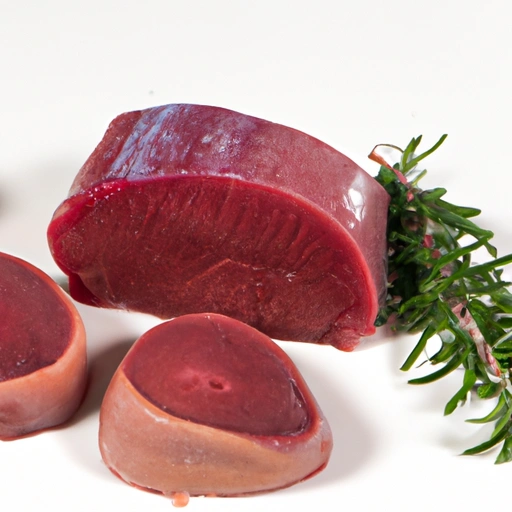Horse Meat
Description

Horse meat, also known as equine meat, is a type of red meat that comes from horses. It is consumed in various cultures around the world and is known for its lean texture, rich flavor, and high protein content. Horse meat is less common than other types of meat in some regions, but it is a staple in many European and Asian cuisines. Due to its unique taste and nutritional properties, horse meat can be an interesting ingredient for those looking to expand their culinary repertoire.
Common uses
Common uses of horse meat vary significantly by region and culture. In some places, it is a traditional food served in specific dishes and at certain times of the year. For example, in Kazakhstan and Kyrgyzstan, horse meat is a key ingredient in national dishes such as beshbarmak and kazy. In European countries like Italy and France, horse meat might be found in specialty sausages, steaks, and other prepared meats.
Nutritional value
Calories
Approximately 175 kcal per 100 grams (3.5 oz) of cooked horse meat.
Protein
Contains about 28 grams of protein per 100 grams (3.5 oz), making it a high-protein food source.
Fat
Generally contains around 5 to 7 grams of fat per 100 grams (3.5 oz), with a lower saturated fat content compared to beef.
Carbohydrates
Horse meat contains negligible carbohydrates, as it is a pure source of protein and fat.
Vitamins
Rich in B vitamins, particularly vitamin B12, which is crucial for maintaining healthy nerve cells and red blood cells.
Minerals
A good source of minerals such as iron, phosphorus, and zinc, which are vital for various bodily functions.
Health benefits
Horse meat is praised for its high protein and low fat content, which may contribute to muscle building and weight management. The presence of heme iron in horse meat can also aid in preventing anemia and improving energy levels. Its B vitamins, particularly B12, play a role in brain health and maintaining a healthy nervous system.
Potential risks
While horse meat can be part of a healthy diet, it may also pose risks if not sourced and prepared correctly. There is a potential for the transmission of diseases from horses to humans through consumption. Additionally, ethical concerns and dietary restrictions may influence individuals' decisions to consume horse meat.
Common recipes
Incorporated into a variety of recipes, from rustic stews and soups to more refined dishes like carpaccio or tartare for those who appreciate its unique flavor and tender texture.
Cooking methods
Can be prepared in similar ways to other red meats: braised, grilled, roasted, or boiled. It is essential to cook horse meat properly to ensure safety and achieve the desired flavor and texture.
Pairing with other ingredients
Pairs well with robust flavors such as garlic, onions, and red wine. It can also be complemented with earthy herbs like thyme and rosemary.
Summary
Horse meat is a distinctive and nutritious food ingredient with a long history of consumption in various cultures. It offers substantial protein content and a range of essential nutrients. While it may not be universally accepted, horse meat remains an important part of the culinary landscape in many parts of the world, with specific dishes highlighting its unique qualities. When considering horse meat in recipes, it is important to be mindful of sourcing, preparation, and personal dietary choices.